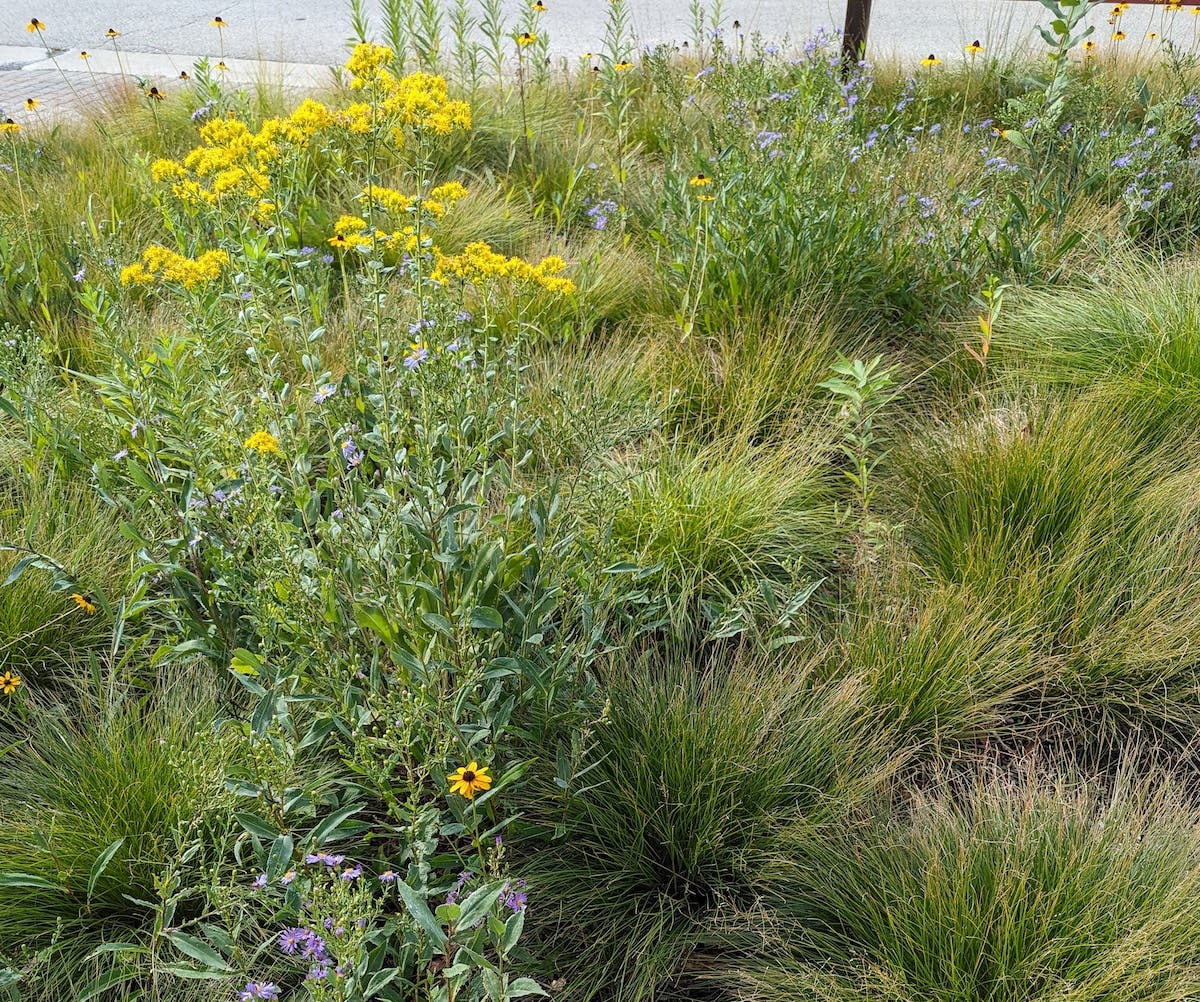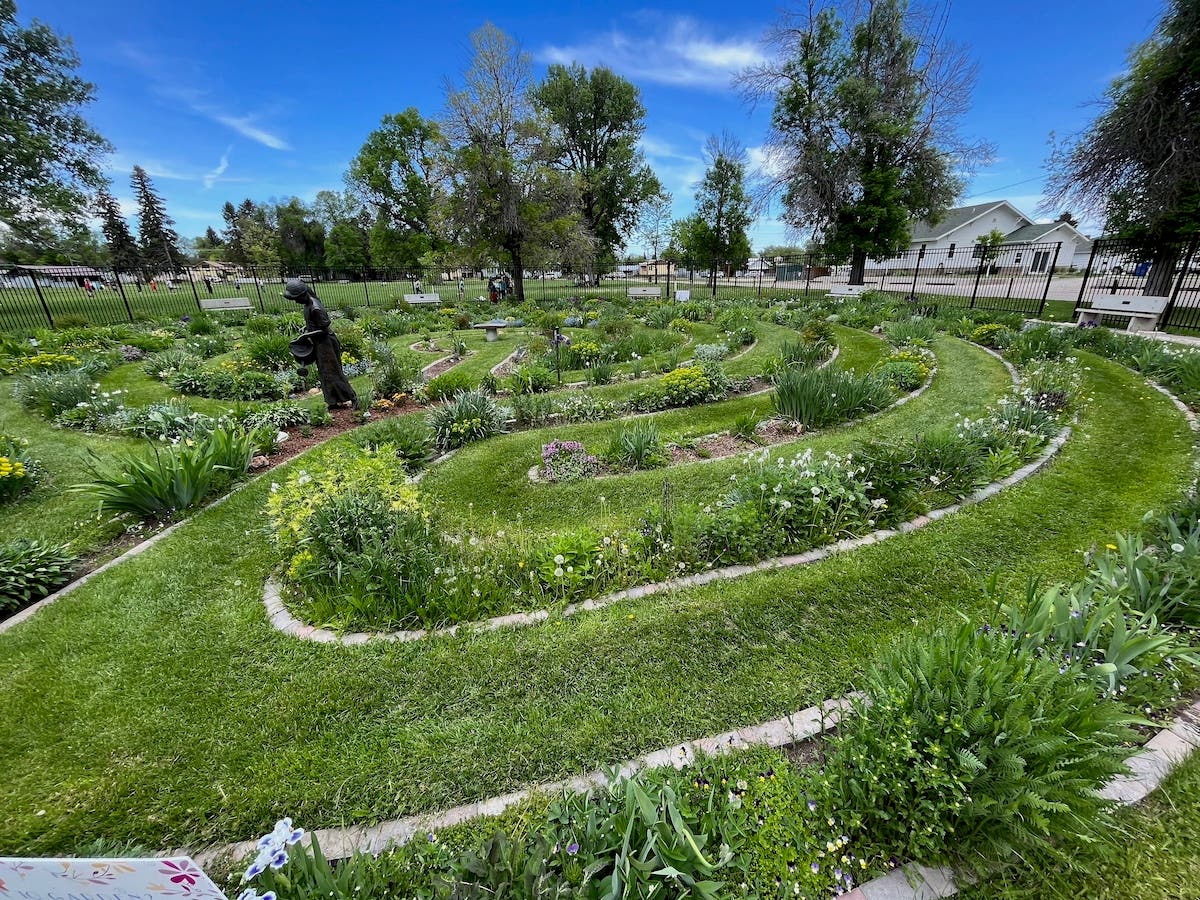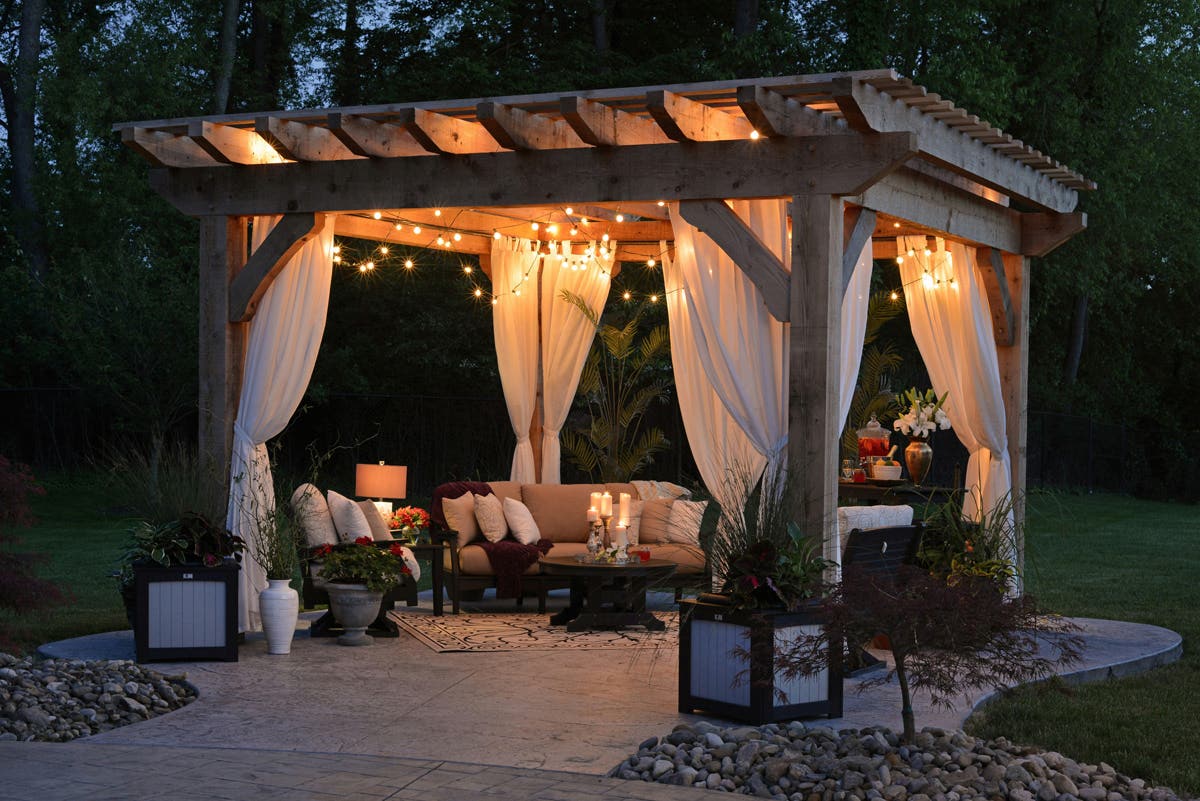Plan a Garden by Numbers
Here’s a simple way to plan the dimensions of a garden bed or border and make it automatically proportionate and naturally pleasing to the eye.
Last weekend I was reading Anne Halpin's Homescaping and I came across this tip to share with you: To make a bed or border that is naturally proportionate and pleasing to the eye, use Fibonacci numbers for its dimensions.
"Fibonacci numbers" is a sequence created by simple addition. Each consecutive number equals the sum of the two numbers that preceded it: 1, 2, 3, 5, 8, 13, 21, etc. to infinity. (1 + 2 = 3; 2 + 3 = 5; 3 + 5 = 8 and so on.)
Using any two adjacent numbers in Fibonacci's sequence will create a shape of good proportions—for example, a bed that's 3 by 5 feet, or a border 8 feet deep and 13 feet long.
Of course, adhering to Fibonacci numbers won't make sense in every situation, but where your landscape allows you some choice in dimensions, it's a simple way to achieve a subtle but powerful effect.







